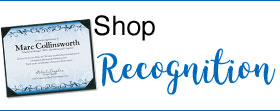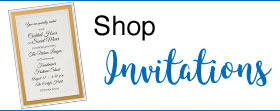
Even if your facts and figures are right on the money, you’ll still lose points with your fellow employees and clients if your professional report isn’t executed cleanly and efficiently. You might be surprised how much visual appeal goes into the reports you file over the course of your daily duties.
If you’d like some tips on how to create professional reports, then you’ve come to the right place.
Smart Small, Think About Your Font
In all of the professional world — whether you’re preparing a report for a professor or some shareholders — there are exactly three acceptable fonts you should use: Helvetica, Arial, or Times New Roman. That’s it. Save the Comic Sans or Courier for your rough drafts if you must use them, but never turn in an official report that uses any font other than the approved three.
Think About Your Audience
You’re going to want to tailor your language to meet the needs of your audience. If you’re preparing an interoffice memo, for example, you can use industry jargon and possibly even make a joke or two without much fear of reprisal.
However, if you’re sending your report to a client, you’ll want to avoid industry terms (so as not to confuse or alienate your audience) and maintain a tone of authority about your topics. Don’t make jokes, don’t use slang; write succinctly and clearly.
How to Structure Your Report
It might be tempting to simply open your document, say what you’ve got to say, and then send it out. Instead, it’s likely beneficial for you to jot down a few notes considering what you’d like to say, then organize those notes before writing.
When writing, don’t try to get fancy. Every report you send out should read in the following format:
- An introduction that hits on each of your major points.
- Each of your major points separated into clearly defined paragraphs or sections. Be sure to include any charts or numbers as they’re mentioned in the text.
- A conclusion that sums up your overall point (no need to mention your points once more, just close it out).
You Can Judge a Report By Its Cover
Once you’ve assembled your info and added a striking, professional flare to the whole thing, it’s time to think about your cover. Remember, your cover is the first thing your audience will see, so there’s nothing wrong with impressing them right off the bat with high quality report covers from PaperDirect.



